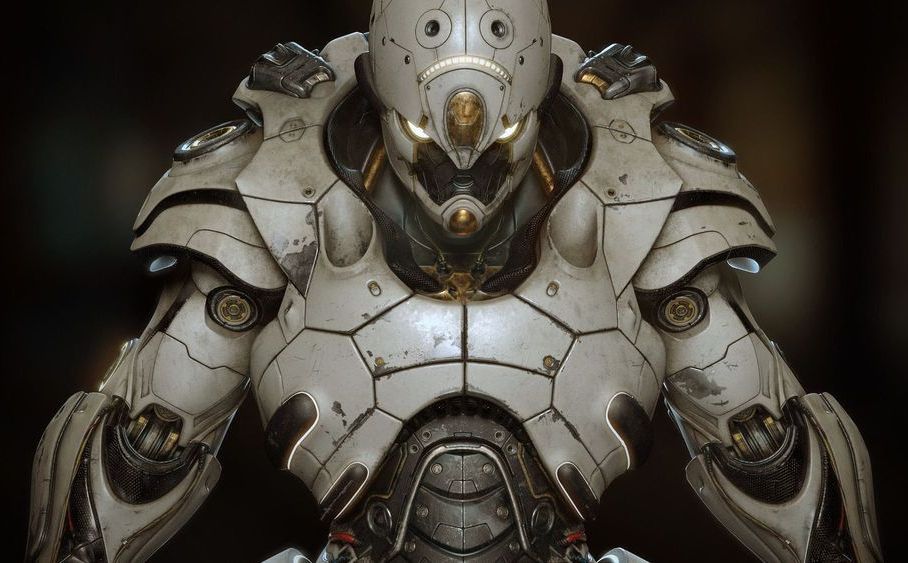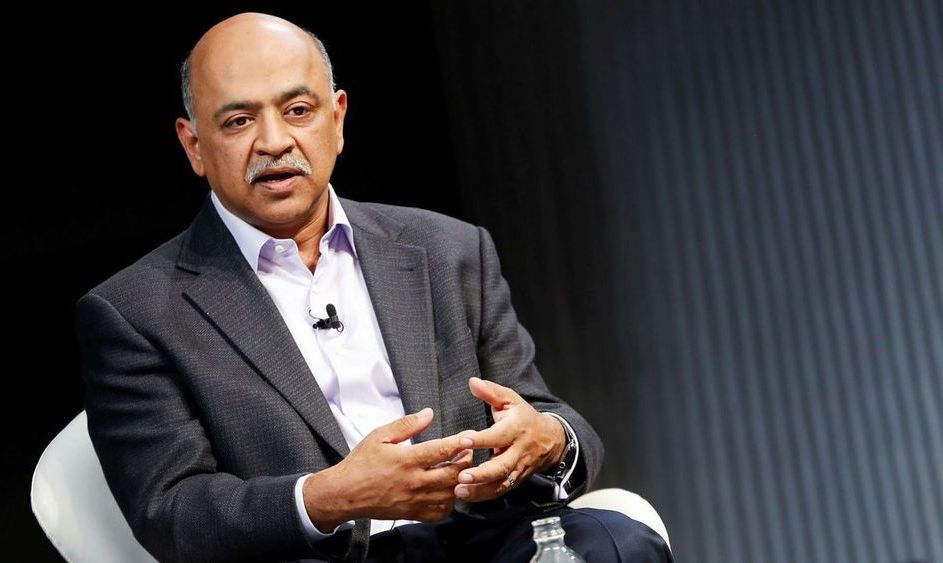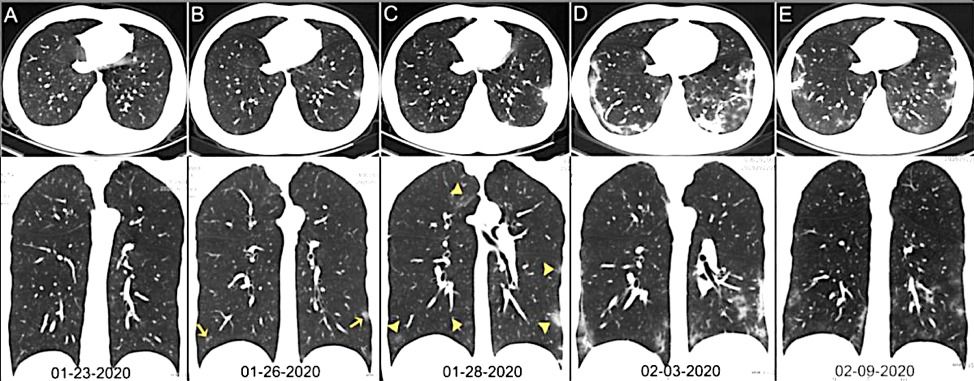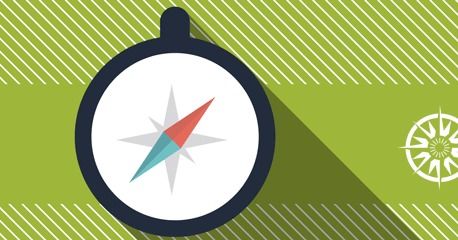An entirely new being is swimming into the annals of science—a living robot designed by artificial intelligence.



Boeing, an important player in the US space program for decades, hopes that its Starliner manned spacecraft will deliver astronauts to the International Space Station and the moon.
A software issue that prevented an unmanned test capsule from docking with the space station caused NASA to launch a review; preliminary results highlight serious safety concerns.
Boeing may have to attempt another test launch to meet the requirements of NASA’s Commercial Crew Development Program, which would cost it $410 million.


{{#pricinghref}} View pricing & plans {{/pricinghref}} {{^pricinghref}} {{#pricing.billedYearly.weekly.amount}} {{value}} per week {{/pricing.billedYearly.weekly.amount}} {{^pricing.billedYearly.weekly.amount}} {{#pricing.billedMonthly.trial.amount}} {{pricing.billedMonthly.trial.amount}} for 4 weeks {{/pricing.billedMonthly.trial.amount}} {{/pricing.billedYearly.weekly.amount}} {{/pricinghref}}.

“At the moment, the YITU “Coronavirus Chest CT Smart Evaluation System” can compress the diagnosis of suspected cases to 2–3 seconds. The company also designed a chatbot doctor that can help the public with self-diagnosis through Q&A and recommend nearby hospitals and appointment booking services.”
An article published in medical journal the Lancelet on February 25 finds that reduced medical resource levels will trigger a spike in the coronavirus death rate in the local population beyond the current estimates. The study shows that death rates are over 3 percent in Wuhan city, 2.9 percent in Hubei province, while only 0.7 percent across the rest of China.
Close to 30,000 medical staff from across China have been dispatched to Hubei province to help overworked local medical professionals in the fight against COVID-19. Fast and accurate diagnosis is critical on the front line, and now an AI-powered diagnostic assessment system is helping Hubei medical teams do just that.
Currently, CT lung scans and nucleic acid tests are the two main diagnostic tools doctors use in confirming COVID-19 infections. CT imaging is crucial for diagnosis verification, and also allows doctors to access lung infection severity.

Of course, the computers and data centers that support AI’s complex algorithms are very much dependent on electricity. While that may seem pretty obvious, it may be surprising to learn that AI can be extremely power-hungry, especially when it comes to training the models that enable machines to recognize your face in a photo or for Alexa to understand a voice command.
The scale of the problem is difficult to measure, but there have been some attempts to put hard numbers on the environmental cost.
For instance, one paper published on the open-access repository arXiv claimed that the carbon emissions for training a basic natural language processing (NLP) model—algorithms that process and understand language-based data—are equal to the CO2 produced by the average American lifestyle over two years. A more robust model required the equivalent of about 17 years’ worth of emissions.

In focal brain diseases, a patient’s neural network loses key connections, preventing the brain from functioning as it miraculously should. But what if there was a way to restore those connections? An EU funded study is seeking to do just that by getting real biological neurons to synaptically communicate with artificial ones.
Though still in the early stages of study, SYNCH, a team of scientists from the U.K., Switzerland, Germany, and Italy, have created what they describe as a “synaptically connected brain-silicon Neural Closed-loop Hybrid system.” Basically, they’ve taken actual brain cells and artificial brain cells, and got them talking back and forth over the internet.

When I tell people I am a transhumanist, it often raises an eyebrow – or several questions. What is transhumanism? What is a ‘posthuman’? Why would anyone want to live forever? This article will briefly respond to these questions (amongst others) and consider what this may mean for the education sector. Key questions will be identified in the area of transhumanism and education as four themes are considered: teachers, human hardware, curriculum and lifelong learning. With ‘trans’ meaning ‘across’, transhumanism is a ‘technoprogressive’ socio-political and intellectual movement (Porter, 2017) that involves transforming our primitive human selves into selves enhanced through technology. Transhumanism aims to develop our physical, emotional and cognitive capacities and thus to open up new possibilities and horizons of experience (Thompson, 2017). The end goal is one day to become ‘posthuman’: combating ageing and freeing ourselves from current biological limitations.

Ogba Educational Clinic
Theoretically, workers have been on the fast track to obsolescence since the Luddites took sledgehammers to industrial looms in the early 1800s.
In 1790, 90 percent of all Americans made their living as farmers; today it’s less than 2 percent. Did those jobs disappear? Not exactly. The agrarian economy morphed, first into the industrial economy, next into the service economy, now into the information economy.
Automation produces job substitution far more than it does job obliteration. And even when automation takes hold of a range of professional roles, this doesn’t always create the dire results we expect.